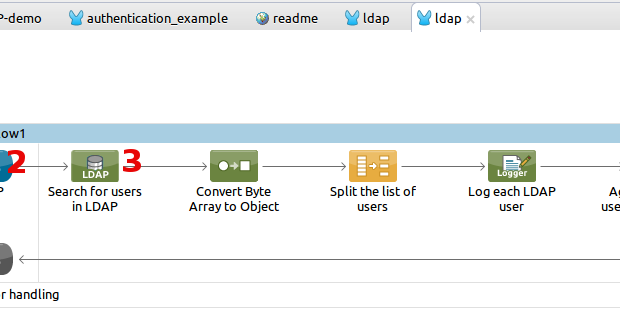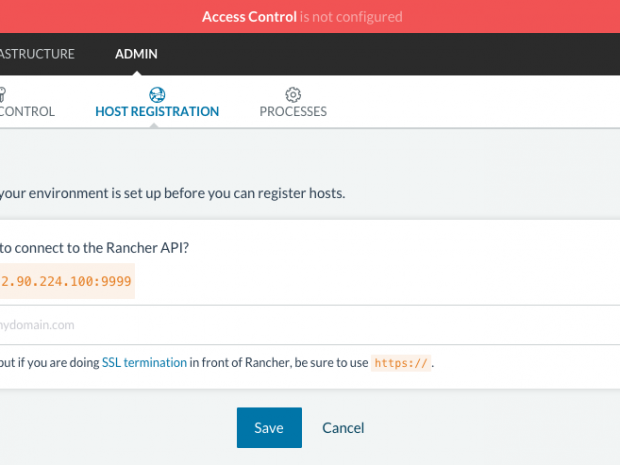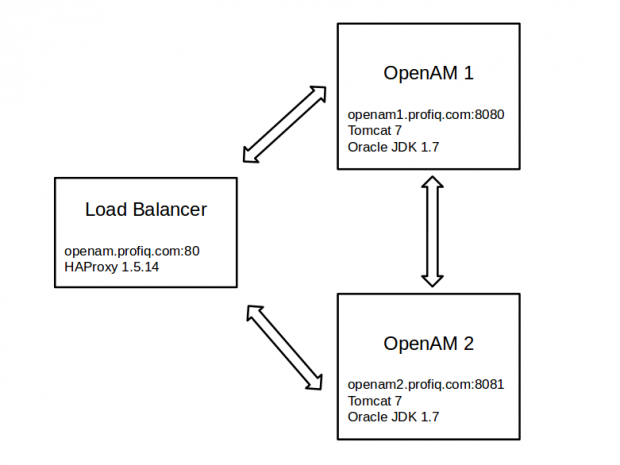Blog
This blog is intended for software system engineers, architects and managers or people generally interested in development, testing and integration of software systems. It is part of profiq’s community effort that has the objective of sharing knowledge and ideas about software system integration, testing and development.
In addition to this technical content, we share updates about life at profiq.
Posted 6 years ago by Vojtěch Červený
Here at profiq we are interested in all of the latest technologies. One of the hottest trends, IoT, and home automation or SmartHomes in particular, are on our radar. As with any new technology, IoT has some technical challenges including the need for protocol standards across IoT technologies. Big players like Facebook, Amazon, and Google […]
Read article
Posted 6 years ago by Jiri Znoj
How to create Liferay portlet with ExtJS app in it Introduction Hello, In this blog post, I would like to show you the next steps for running JavaScript apps (based on ExtJS framework) in a Liferay Portal. In my previous blog post, Running ExtJS App as a Liferay Portlet: Part 1, I showed you how […]
Read article
Posted 6 years ago by Jiri Znoj
Rendering ExtJS app in a specific page element Introduction Hello, My name is Jiří Znoj and I am working as a Software Engineer at profiq, an agile software development company. I, as a part of the team “Tech Research”, investigate various technologies for potential customers and for our purposes – to use the best technologies […]
Read article
Posted 7 years ago by Pavel Balcárek
Preface Recently I needed to setup k8s cluster on my local machine in order to see if I’m able to do it on bare-metal servers lately. So I decided to first give it a shot using Virtual Box machines. There were a few places where I was a bit stuck and spent some times googling. […]
Read article
Posted 7 years ago by Filip Vavera
Introduction After a brief introduction to the MuleSoft platform in my first blog, I would like to share my first experience with developing a connector. I decided to develop a Gitlab connector because it is a great system and I did not find a connector that would be developed for it. First, I’m going to focus on describing […]
Read article
Posted 8 years ago by Michal Kalita
I have developed two solutions for getting informed about source code changes on GitHub, when you are sharing code with other developers. I described one solution in a previous article. This article is describing a second solution. You are welcome to try both approaches, so you can decide which could on work better for you.
Read article
Posted 8 years ago by Michal Kalita
If you share your code on GitHub with other developers, you may want to be notified about commits. GitHub has a built in feature to provide notifications or send e-mail about these commits. I wanted to see, if I could leverage MuleSoft to introduce notifications through alternative channels, particularly through Twitter. I implemented two solution. […]
Read article
Posted 8 years ago by Miroslav Meca
Introduction We continue exploring MuleSoft software and we wanted to know, how easy it is to integrate an LDAP Directory that is not documented by MuleSoft at the moment. It should be easy, right? It is just the same LDAP protocol. We gave a try to ForgeRock (OpenDJ). You can find a short intro to […]
Read article
Posted 8 years ago by Filip Vavera
I had a chance to explore MuleSoft software recently and would like to share, what I learned about it. Specifically, what it can do for you and how to work with it. MuleSoft has pretty good documentation. I will be referring to it as much as possible to avoid duplicating what it includes already. I strongly recommend […]
Read article
Posted 8 years ago by Richard Hrúza
Introduction In this article I will demonstrate how to configure software Load Balancer (LB) for two OpenAMs. OpenAM is a open source access management software provided by ForgeRock. Load balancing aims to optimize resource use, maximize throughput, minimize response time, and avoid overload of any single resource. If a one server is down, LB redirect […]
Read article









